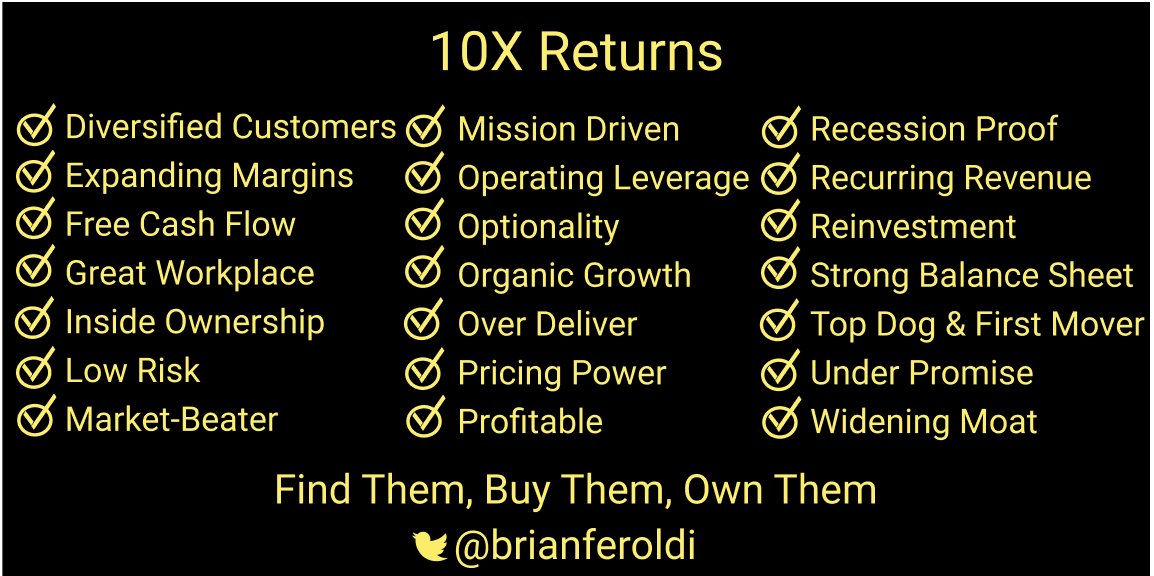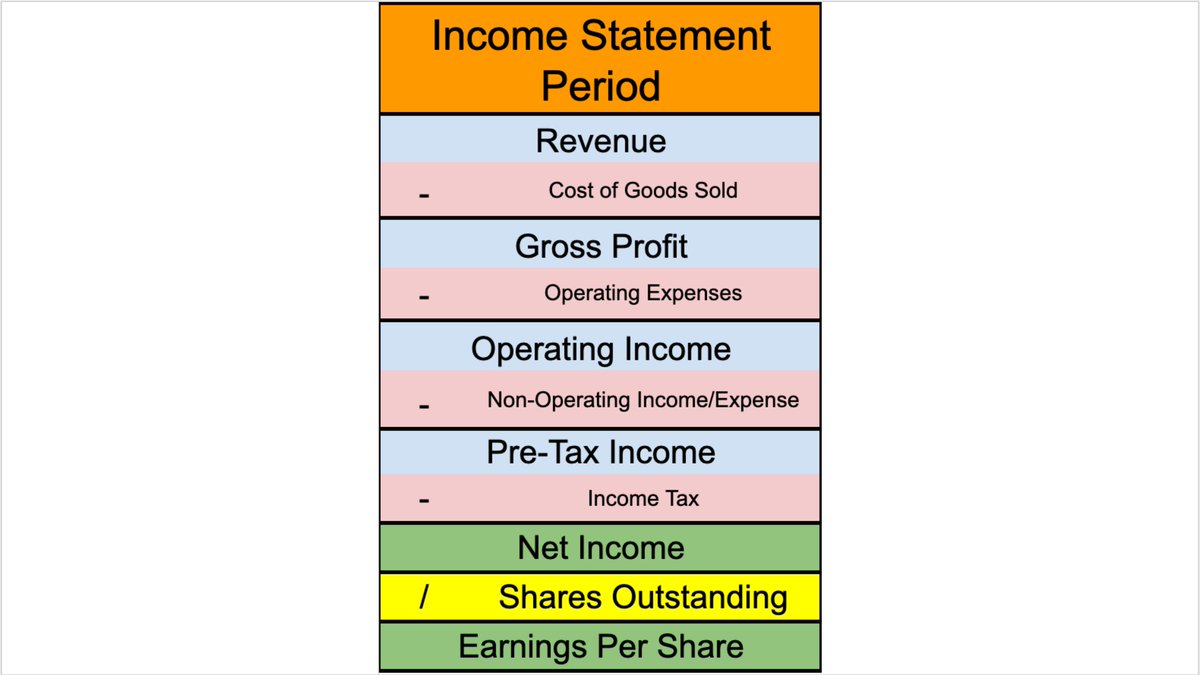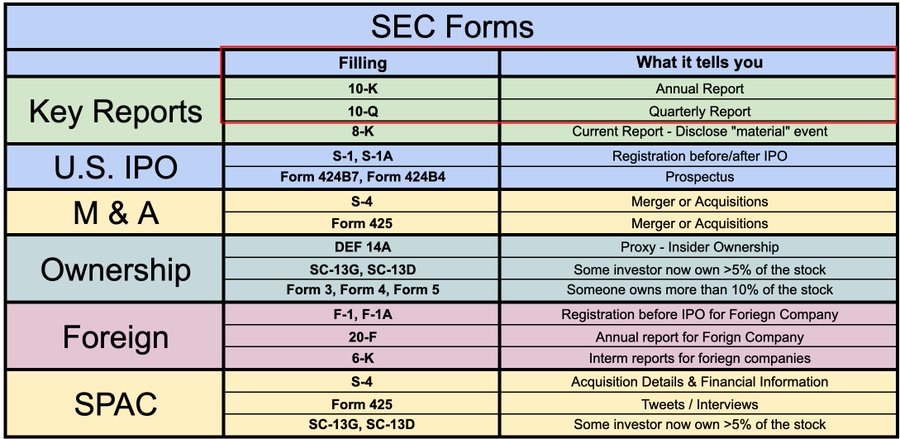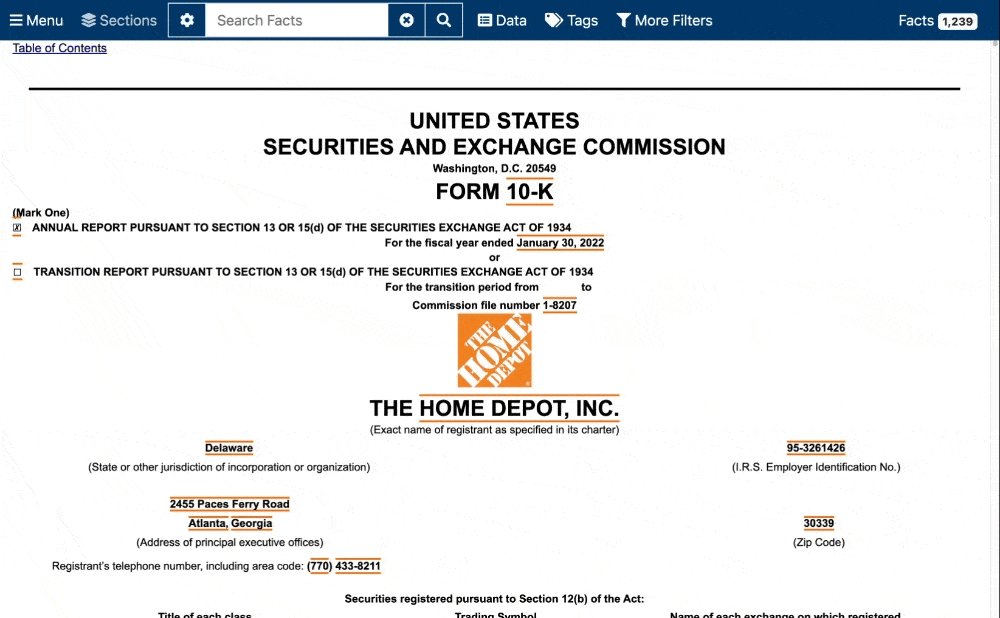The balance sheet is one of the 3 major financial statements.
It shows company’s:
▪️Assets: What it owns
▪️Liabilities: What it owes
▪️Shareholders Equity: It's net worth attributable to its owners
At a fixed point in time
That “at a point in time” part is key!
A balance sheet is a SNAPSHOT of a company’s net worth.
It is usually measured at the end of a quarter/year.
That’s different from an income statement or cash flow statement, both of which are measured over periods of time
All balance sheets follow the same formula:
Assets = Liabilities + Shareholders Equity
This formula must be in balance at all times
(Hence the term “balance sheet”)
Side Note:
This formula can be easily re-arranged into the “net worth” formula that you are already familiar with
Assets - Liabilities = Shareholders Equity (Net worth)
Companies get soe leeway in how they categorize each item on their balance sheet
This graphic shows some of the most commonly used categories & terms
Let’s start with assets, which is what a company OWNS
Assets are listed in order of liquidity
(Liquidity means how quickly a security can be turned into cash)
The most liquid assets are at the top, the least liquid on the bottom
There are two categories of assets:
Current assets:
▪️Assets that are expected to be used in <1 year
Long-term assets:
▪️Assets that a company will benefit from for >1 year
Common current assets:
▪️Cash: Checking account, t-bills, CDs w/ <3 maturity
▪️Marketable Securities: Stocks, bonds...etc that can easily become cash
▪️Accounts Receivable: Money it is owed by its customers
▪️Inventory: Unsold goods
▪️Prepaid expenses: Insurance, rent, etc…
Long-term assets come in 2 forms:
1: Tangible Assets
▪️Buildings
▪️Equipment
▪️Property
▪️Stores
2: Intangible Assets
▪️Trademarks
▪️Goodwill (premiums paid to make an acquisition)
▪️Patents
▪️Stocks/Bonds held >1 Year
Now for Liabilities, which are what a company OWES
There are 2 categories of liabilities:
1: Current liabilities:
▪️Bills that will be paid in <1 year
2: Long-term liabilities:
▪️Bills that are due in >1 year
Common current liabilities (due <1 year):
▪️Short-term debt
▪️Accounts payable (money owed to suppliers)
▪️Interest
▪️Unpaid Wages
▪️Dividends
▪️Taxes
Common long-term liabilities (due >1 year):
▪️Long-term debt (also called "Notes")
▪️Customer pre-payment
▪️Taxes
▪️Pension
Finally, is shareholders equity
This is money attributable to the business owners (shareholders)
Common categories:
▪️Retained Earnings: Net profits a company reinvests in the business
▪️Treasury Stock: Money used to buy back stock
▪️Additional Paid-In Capital: Amount shareholders have invested beyond common/preferred stock
This thread is just a broad overview of the balance sheet
Want specifics & and a helpful example?
We did a deep dive into the balance sheet on my YouTube channel using $AAPL's recent numbers as an example
https://t.co/BTWrUomWe8
Enjoy this thread?
Follow me
@Brianferoldi I tweet about money, personal finance, & investing
Want to learn more about the income statement?
I have a thread on that too:
https://t.co/75PRb0EenB
Want to learn more about financial statements?
These three books are excellent resources:










